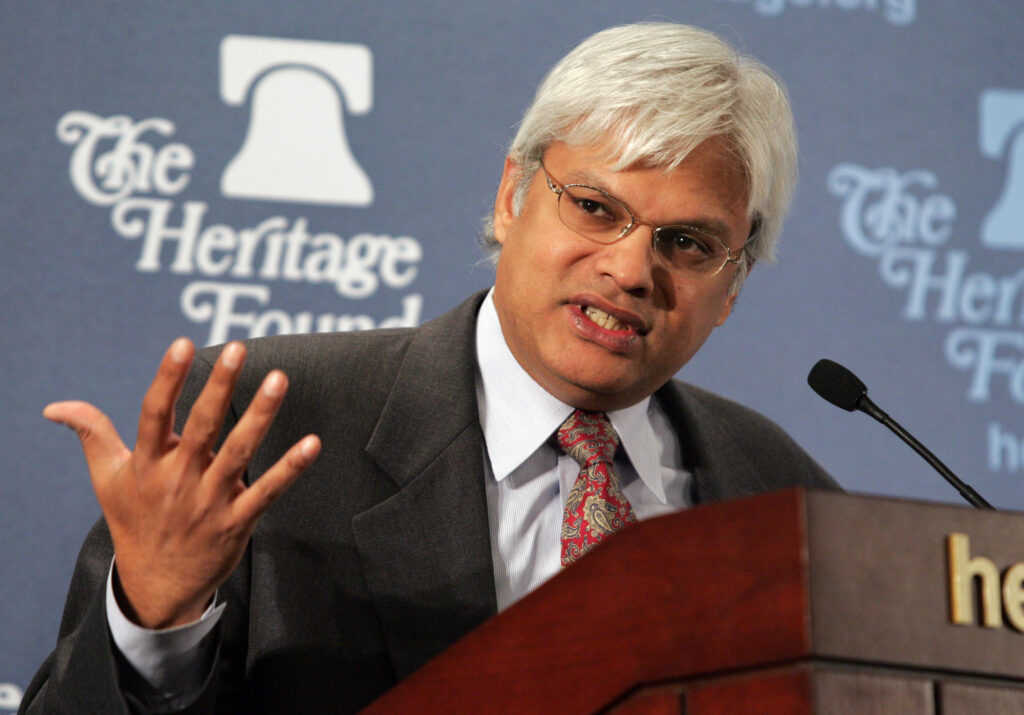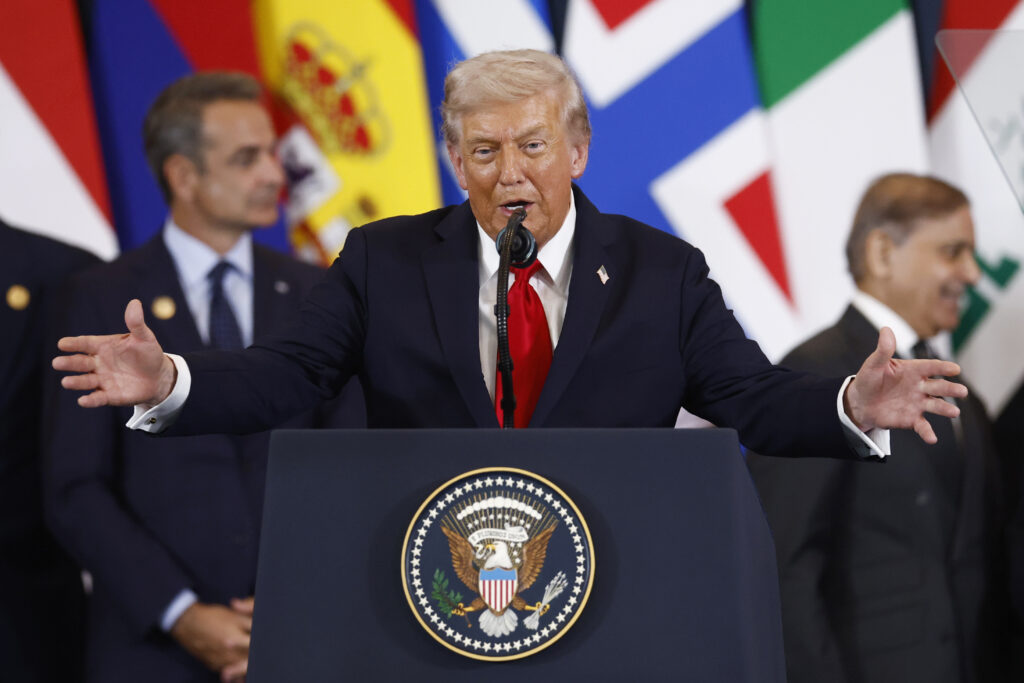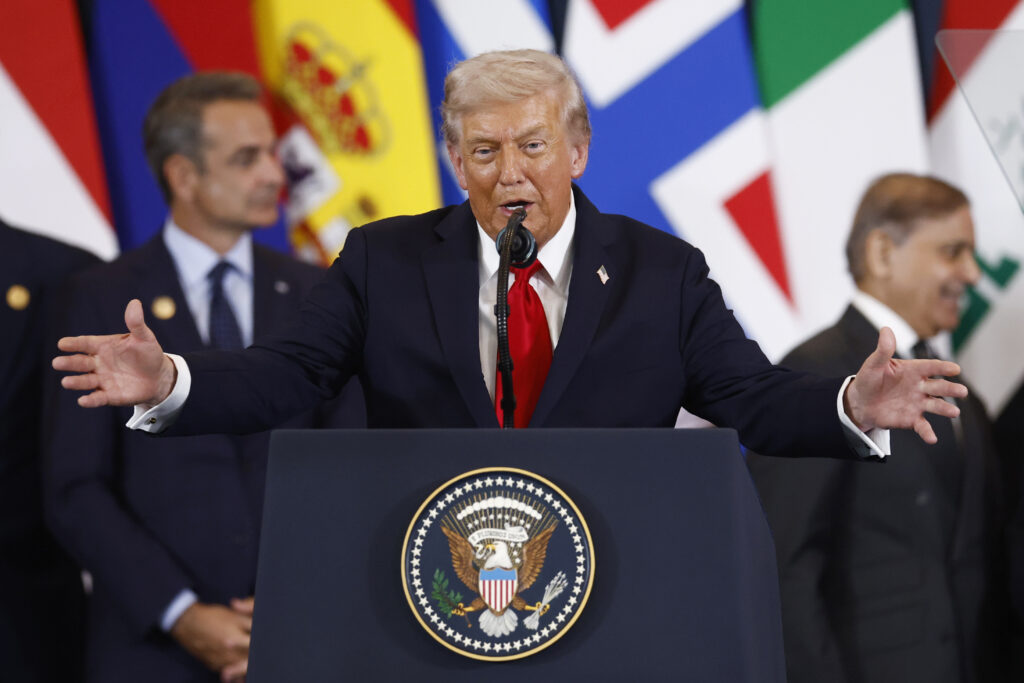Trump hails ‘martyr’ Charlie Kirk at posthumous medal ceremony
US President Donald Trump hailed assassinated ally Charlie Kirk as a “martyr for truth and freedom” Tuesday as he posthumously awarded the right-wing activist America’s highest civilian honor.Handing the Presidential Medal of Freedom to Kirk’s tearful widow, Trump compared the 31-year-old conservative to Socrates, Saint Peter, Abraham Lincoln and Martin Luther King.Trump, 79, also used the somber ceremony at the White House to vow to redouble his crackdown on what he calls radical left-wing groups that he launched following Kirk’s shooting.”In the wake of Charlie’s assassination, our country must have absolutely no tolerance for this radical left violence, extremism and terror,” Trump told an audience of the country’s conservative elite.”We’re done with the angry mobs, and we’re not going to let our cities be unsafe.”The US State Department on Tuesday said it had revoked visas of at least six foreign nationals who had “celebrated the heinous assassination” on social media. In posts to X, the department shared offending posts allegedly by citizens of Argentina, South Africa, Mexico, Brazil and Paraguay who had called Kirk “racist,” “xenophobic” or other characterizations.One German apparently lost their US visa for writing “When fascists die, democrats don’t complain,” according to the State Department.The Trump administration has controversially cited political reasons in stripping others of their visas, including several hundred people involved in Gaza war protests on US universities campuses. Father-of-two Kirk was shot dead on a Utah college campus last month, sparking a wave of grief among conservatives and promises of a clampdown from Trump that has seen National Guard troops sent to several Democrat-run cities. Guests at the ceremony included visiting Argentinian President Javier Milei, a libertarian firebrand, and a host of conservative US media personalities.Kirk’s widow Erika thanked Trump for flying back from a Middle East peace trip for the medal ceremony, which fell on what would have been her late husband’s 32nd birthday.”You have given him the best birthday gift he could ever have,” she said, dabbing away tears and occasionally pausing to collect herself.She added that Kirk, who used huge audiences on TikTok, Instagram and YouTube to build support for conservative talking points, “would probably have run for president” if he had not been assassinated.Tyler Robinson, 22, has been charged with Charlie Kirk’s murder. He faces the death penalty if convicted.







